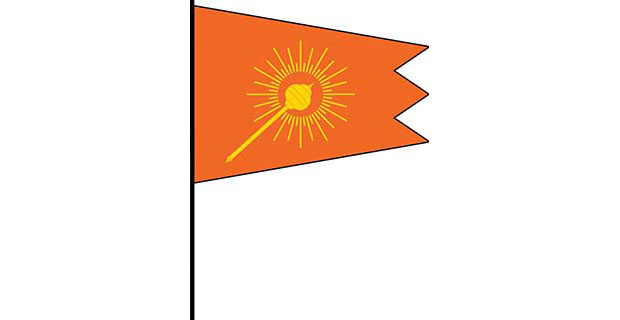Daivik vs Asurik
Vedas are the ultimate gyaan of Creation, they are as scientific and rational as they are old and traditional. Vedic philosophy did not discriminate on the basis of religion, geography, birth, colour of skin or status in society...all of these are modern developments. Vedic masters classified men into civilised (daivik) and uncivilised (asurik), and these could be found across cultures and religions, even in the same individual at different times and stages of life.
Dvau bhootasargau loke-asmindaiva aasura eva cha | Daivo vistarshah prokta aasuram paartha me shrinu ||
Bhagwad Gita, Chapter 16, Verse 6 ||
There are only two kinds of men in the world - those with daivik prakriti and those with aasurik prakriti, says Lord Krishna as he begins to detail the traits of an asur.
Men of asurik disposition are devoid of discernment, good conduct and honesty. They are destructive in nature—hurting and harming fellow beings, animals and environment, turning their face away from crimes. They live for just themselves and are characterised by hypocrisy, pride and arrogance. Immersed in the pleasures of senses, they take the body to be supreme and physical feats as finality. They spend their life and birth hoarding wealth, every day thinking of ways to collect more and more. Intoxicated by pleasures of senses, these men perform charity and sacrifice also only in name, for show-off. Such men, says Gita, get caught in a downward spiral, into lower and more painful births making their way to hells.
If you take a look around at growing cases of abuse of animals and humans, of thefts and treachery, you will find that asurik traits predominate mankind. Spiritual events where there is intoxication and wild dancing, shouting and screaming are traits of asurs. Like paaps committed in a temple does not make it a punya. Similarly intoxications, wild dancing and screaming in a spiritual Satsang does not make it a daivik trait. Nothing wrong in partying or dancing provided simultaneously one is doing service, charity and aiding the positive forces of creation. Those who aid the positive forces of creation reap bounties; and those who destroy creation and its multi facets reap sins and are directed toward hells. Inflicting pain on helpless animals is a sure shot way of landing in hell. The law of karma is a common denominator in all the religions in the world. It works. Make it work in your favour rather than against you by doing good deeds.
This gyaan has been passed on to us by the Vedic rishis. They lived in hermitages and taught as per the Guru Shishya Parampara. They were the masters of all aspects of creation, arts, commerce and politics, sciences and warfare, yet they were not businessmen or politicians or performers. They were not allowed collection - aparigraha being one of the principal yamas. Charity and service was their mainstay and that is why they could attract the needle and in turn bless us with their wisdom.











Comments.